From the introduction, human development had been defined as ‘a process of enlarging people’s choices’. This approach to development places people at the centre and treats them as active subjects and not passive beneficiaries. Human beings and the expansion of their capabilities are treated as ends rather than means for sustainable growth. This concept is one of the most important attempts to formulate alternative development theories and strategies to replace the neo-classical ‘trickle down growth’ theory. United Nation Development Programme’s (UNDP’s) Global Human Development Reports (HDRs), pioneered by the late Mahbub ul Haq in 1990, introduced and carried forward the concept and messages of human development. They have analysed crucial themes related to human development and, as advocacy documents, have stimulated discussions. In fact, they have addressed a global and diverse audience-international and national governments, policy makers, planners, opinion leaders, parliamentarians, media, Non-Government Organizations (NGOs) and all the members of what is now called the ‘human development movement’. The world-wide response to the issue of ‘human development’ has been immense in recent years. The global development community has increasingly recognized that development policy should be centred around people’s choices and their capabilities and, therefore, ‘human development’ should be accorded the highest priority in public policies in order to combat poverty and deprivation.
Sikkim Human Development Report 2001
In stock
Free & Quick Delivery Worldwide
Bibliographic information
Title
Sikkim Human Development Report 2001
Author
Edition
1st ed.
Publisher
ISBN
9788187358046
Length
xx+111p., Table; Figs.
Subjects

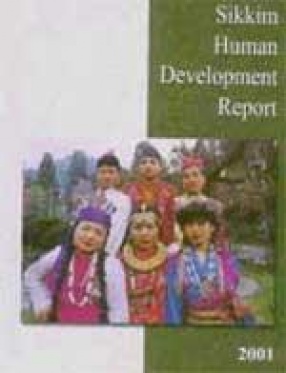
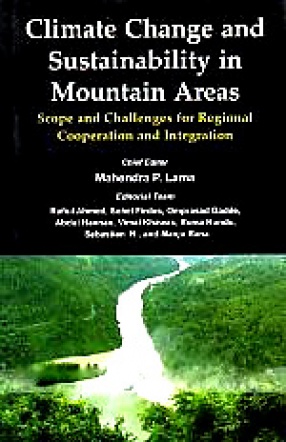
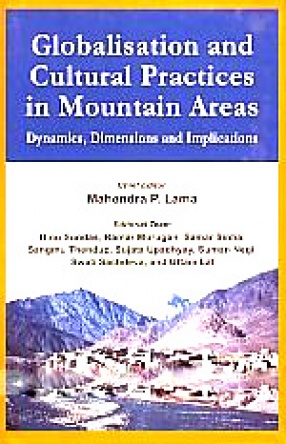

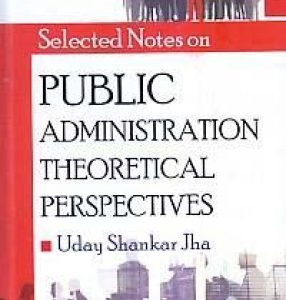
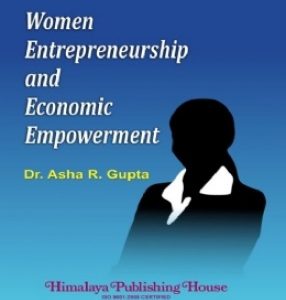

There are no reviews yet.